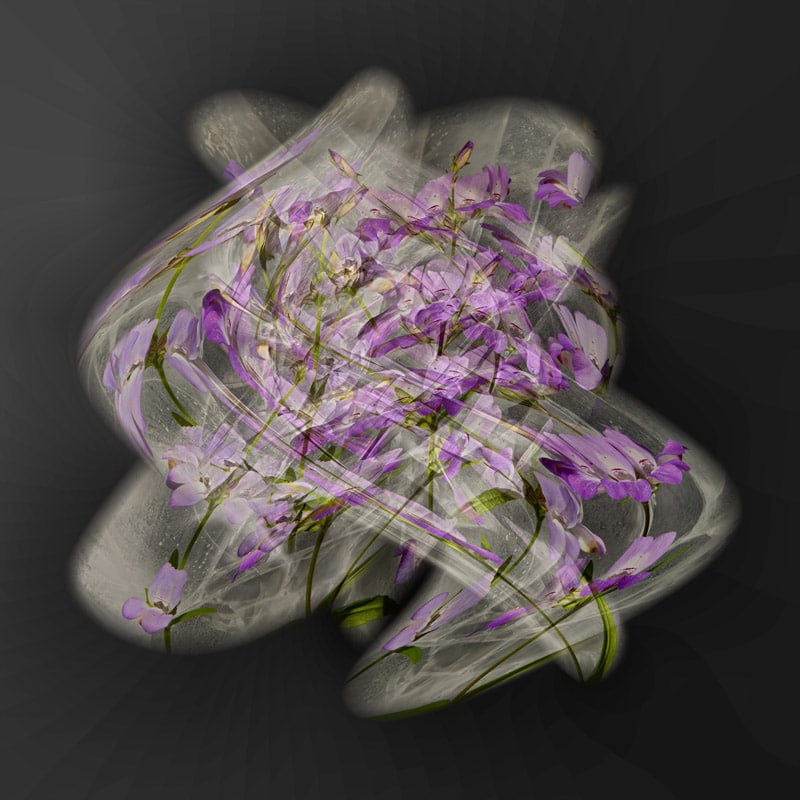I am eagerly awaiting a GFX 100, mostly because I want to dig into its inner workings.
Of course, when I’m not testing it I’ll put the 120/4 macro on it and use it for my Spots on my Apples ongoing series — for that, there’s no such thing as too much resolution. Here are some things about which I am intensely curious:
- Is it too heavy for extended handheld use?
- Does the grip work for verticals?
- What are the details of the dual-conversion gain (aka DR-Pix, aka the Aptina trick) implementation?
- What do the shadow SNR curves look like? Are they basically the same as a 44×33 crop of the Phase One 150 MP camera?
- Does the PDAF cause striping like it does in the a7x cameras?
- Have Fuji done a ham-handed PDAF striping fix that is a cure worse than the disease, like Nikon did with the Zx?
- For which native lenses is the extra resolution not a big win? I’m guessing only for the 100-200/5.6, or maybe the 250 with the 1.4x TC attached.
- How much AF accuracy — if any — has Fuji given up with their PDAF implementation?
- What is Fuji’s diaphragm-control strategy during autofocus, and how does it interact with the focus shift that occurs in some of the native lenses? By the way, short of lens-dependent strategies, I consider the Z7 aperture-control strategy to be the current state of the art.
- Does the diaphragm control during manual focusing with native lenses work the same was with the GFX 100 as with the 50S and 50R?
- Will I miss the 50x dials?
- How good is the EVF?
- How good is the peaking, and how accurate and fast is manual focusing? Is peaking still only based on horizontal differences?
- How fast is the new PDAF? How controllable?
- What’s the silent shutter scan time?
- When does Fuji throw in the towel on analog gain’s relationship to ISO setting and just change the metadata and let the raw developer sort it out? I consider the current GFX 50x behavior to be the best out there. Does Fuji ever use — shudder — digital gain?
- Under what conditions does the camera apply spatial filtering?
- Does having more resolution significantly reduce the — already small, IMHO — effect of distortion correction?
- Are there thermal problems associated with the higher processing requirements of the higher-resolution, faster sensor?
- Is using the camera with full-frame lenses more of a win over the Zx and A7Rx cameras now that we have finer pixel pitch than those cameras?
Anything else I should be curious about? I’ll update this page as new things come up.
The photograph that accompanies this post has nothing to do with the GFX 100, other than it was made with a GFX 50S and the Fuji 120/4 macro.
[Additions below. Thanks to the readers who suggested them.]
- How much does IBIS help with different lenses?
- Does Fuji lock down the sensor when IBIS is turned off? If not, does this cause any problems?
- Does Fuji use the same 1/500s limit for EFCS?
- Are there visible differences between 14-bit and 16-bit GFX 100 files?

Does Fuji Lock down the sensor when IBIS is turned off? If not, does this cause any problems?
How does shutter shock compare to the GFX 50S? Does IBIS help? Does Fuji use the same 1/500s limit for EFCS?
The Fuji MTFs suggest that the 250mm and 1.4x should hold up very nicely all things considered.
All good questions, except that I’ve never seen IBIS help shutter shock on any camera, and you can get around shutter shock by turning on EFCS or ES, so on cameras with both of those, I don’t test for it.
From the DPR review, it appears that the maximum speed on EFCS has been increased to 1/1250s. I’m trying to figure out why they would have changed it, since 1/500s seemed like the sweet spot with the 50s. Perhaps the physical shutter is closer to the sensor on the GFX 100? Perhaps the shutter moves faster? Maybe they just decided that 102MP was more sensitive to shutter shock and the bokeh shift isn’t problematic. I suspect they have made a reasonable choice and it likely isn’t worth devoting too many brain cells puzzling over. Just thought it was curios though.
All good points. I always thought that switching over at 1/640 second with the GFX 50x was a bit too early. Also, they may have gotten smarter about how they manage synchronization between the two types of “curtains”. I think it is unlikely that they changed the physical sensor stack thickness, since that would affect the lens designs. If the shutter moves faster, the synch speed would likely increase.
Could you test to see how effective the IBIS is with different lenses?
Sure, although that’s a test I hate to perform.
Question:
Sometimes when I try to move the focusing point with the toggle , The moved point automatically goes right back to the starting point. This sometimes happens with my GFX 100 and XT3. Maybe I am pushing a button I don’t know about while taking out my camera.
That will occur if you press down (towards the front of the camera) on the joystick.
Hi my gfx 100 is ded when I was updating the firmwear to 3.0 can you help
Wish I could, but I can’t help you remotely with the information you’ve provided.